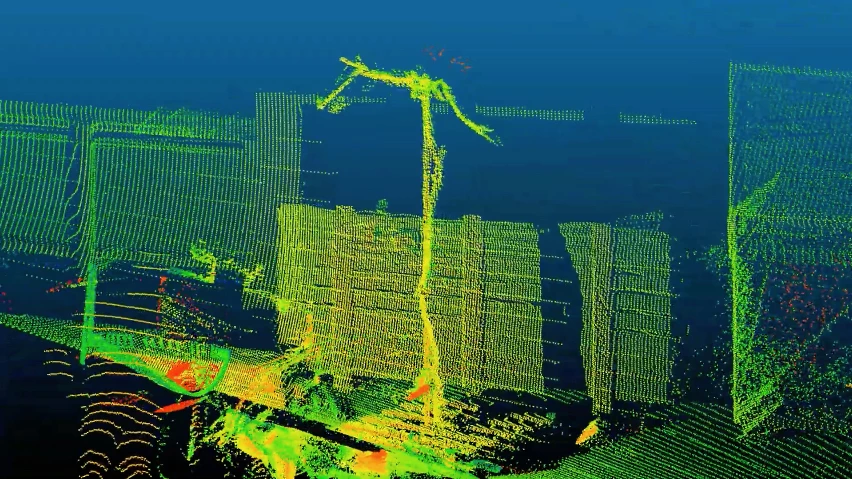According to Germany's University of Hohenheim, about 80 percent of the fruit trees in that country aren't regularly pruned – despite the fact that doing so makes them structurally stronger and more resistant to disease. That's why a team at the university is creating a robot to do the job.
Known as Phoenix, the wheeled robot is being developed by agricultural technician Dr. David Reiser, doctoral student Jonas Straub and research assistant Jonas Boysen.
Plans call for it to begin each pruning job by first driving in a circle around the tree, performing a 3D scan utilizing its onboard LiDAR (Light Detection And Ranging) module and optical camera. An integrated computer will then use the scan data to create a point cloud model of the tree, showing the three-dimensional structure of its crown. Next, artificial intelligence-based software will analyze that structure, determining which branches need to be trimmed in order to keep the crown in the optimum shape.
Finally, Phoenix will proceed to automatically perform the actual pruning, using a small power saw on the end of an articulated arm to remove the problematic branches.

In its current prototype form, the robot has to be manually guided from tree to tree by an operator using a remote control unit. Down the road, however, Phoenix should be able to autonomously make its own way through orchards via a combination of its onboard sensors and a GNSS (global navigation satellite system) module.
You can see Phoenix in action – although not performing any actual pruning just yet – in the following video.
Source: University of Hohenheim (German)




